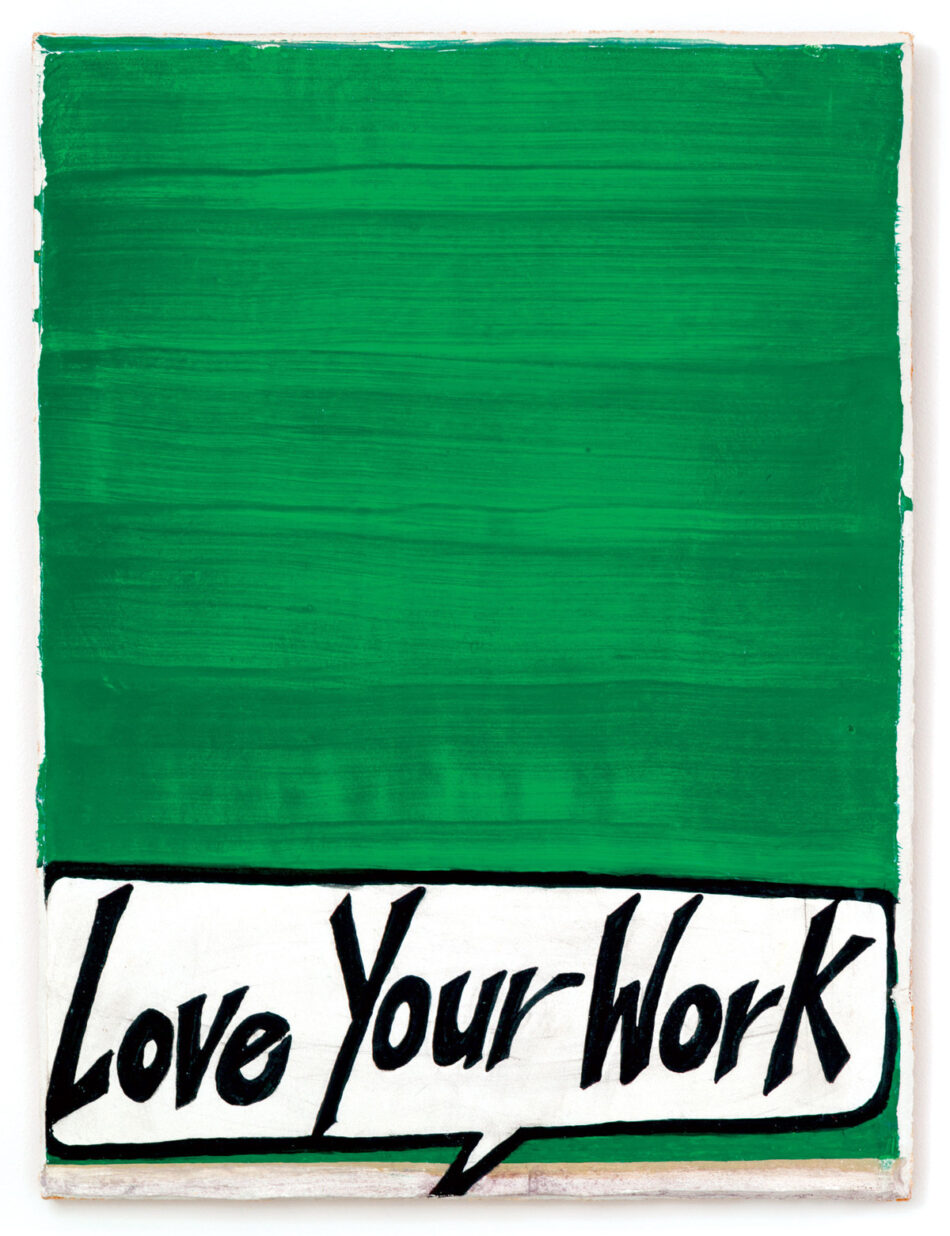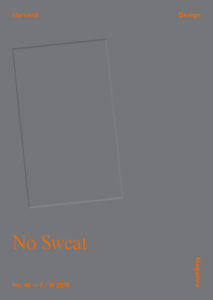Labor Pains
iron and iron and life and life and
brick and tile and in and out and life and life and nail and nail.—Leslie Kaplan, Excess—The Factory
Our work on “No Sweat” paused on September 12, 2018, with the news that William S. Saunders, Harvard Design Magazine’s founding editor, had died. Bill retired in 2012, leaving behind 35 issues of the magazine that he had built and nurtured with rigor, soul, and wit.
Known for his “walk and reads,” Bill was often seen zigzagging across the Harvard campus, red pen in hand, eyes glued to a manuscript, dodging trees and vehicles as he scribbled edits and reflections. Bill sculpted the magazine through inquiry and dialogue; his work was an extension of his person. In this issue of Harvard Design Magazine, which examines the contemporary workscape, we feel the imprint of Bill’s contribution—his labor of love.
“No Sweat” is about the design of work and the work of design. From corner office to kitchen sink, from building site to factory floor, from cubicle to car to coffee shop, work shapes our lives and physical world. Whether we produce objects, generate ideas, manage processes, or perform services, work is a hybrid of dedication and alienation, power and oppression. As work spaces morph to integrate machines that mimic, assist, or complement human abilities, the way we perform work, and the
way we feel about it, change too.
To work (to put forth effort) and the work (that effort, or the result it generates) are sources of pride and shame, fulfillment and drudgery. As many jobs become obsolete, and as populations are displaced under the pressures of climate change and political turmoil, the boundaries of the workplace are shifting in space and time. Though some claim that a world without work is on the horizon, “labor-saving” innovations are enmeshed with human exploitation, and housework and care work remain at the crux of persistent inequalities. Paradoxically, the more that work, as we once understood it, appears to be receding, the more omnipresent and ambiguous it becomes. The workplace is everywhere—or is it nowhere?
Can architecture and design write scenarios for the next generation of work? What will it take to anticipate and formulate work environments and experiences that are productive, humane, and ecologically responsible? “No Sweat” challenges designers to speculate on the spaces of work in an accelerated future, and to imagine a world in which a novel ethics of labor can emerge.
In memory of Bill Saunders, we honor the stamina, dedication, and sweat that fuel all landscapes of labor.

